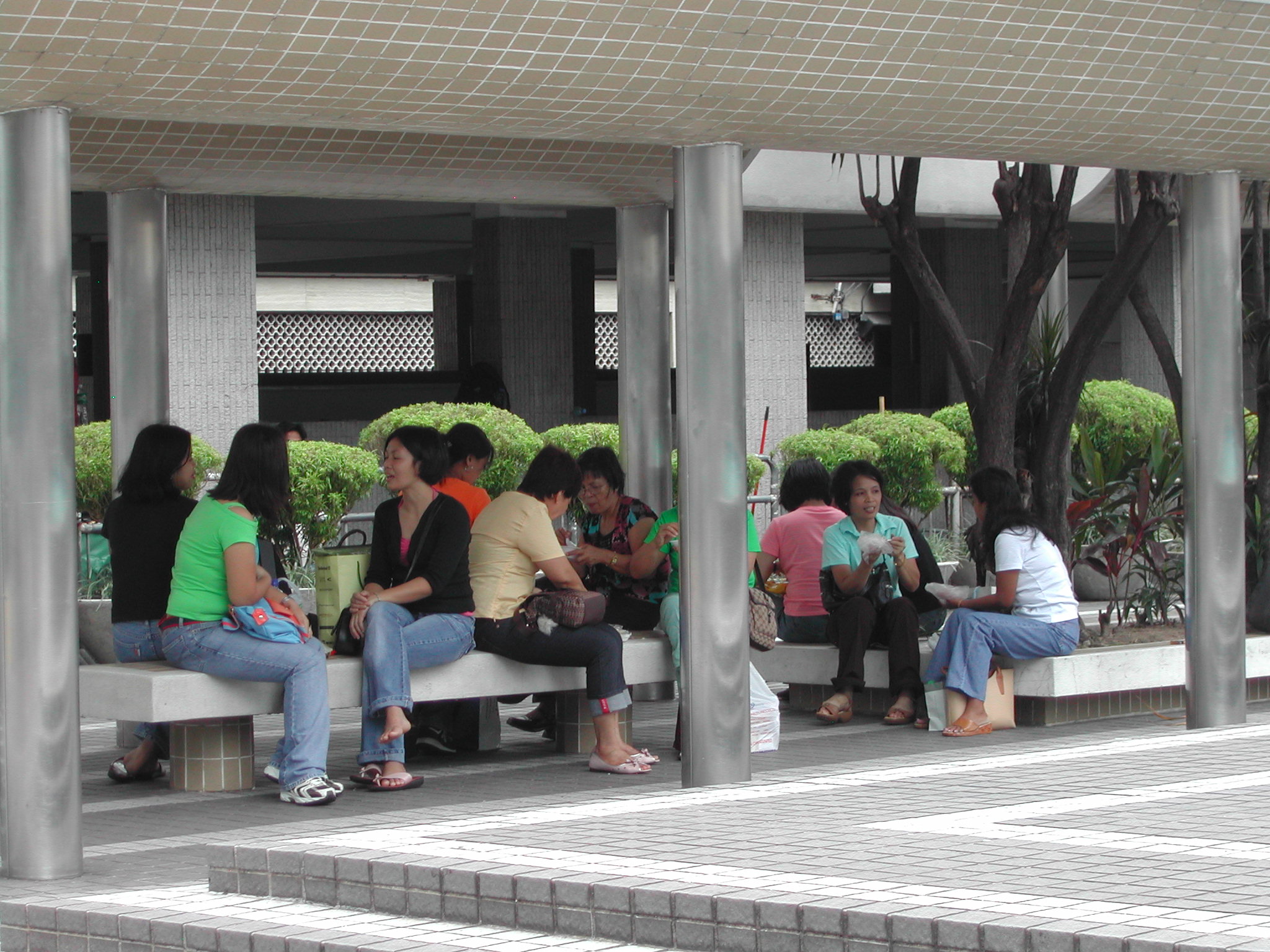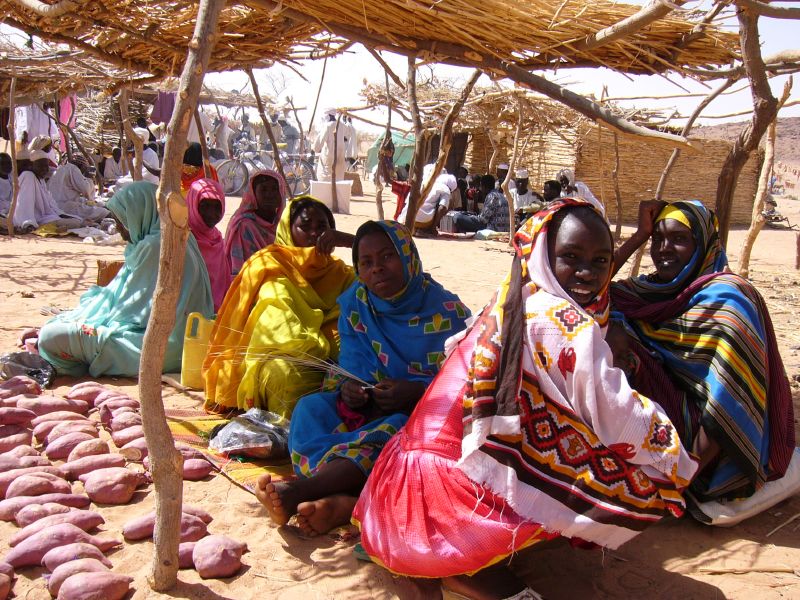immigrant women on:
[Wikipedia]
[Google]
[Amazon]
Almost half of international migrants are women, generally travelling as either migrant workers or refugees. Women migrant workers migrate from developing countries to high-income countries to engage in paid employment, typically in gendered professions such as domestic work. Because their work disproportionately takes place in private homes, they are vulnerable to exploitation and abuse. Wages earned are largely sent home to the originating country to support the cost of living of the family left behind.
Refugee women face multiple challenges including limited access to healthcare, discrimination, sexual violence, and risks of human trafficking. Mental and physical health are often affected as a result.
 Women
Women
 Refugee women face gender-specific challenges in navigating daily life at every stage of their migration experience.The United Nations Refugee Agency. Women’s Concerns.
Refugee women face gender-specific challenges in navigating daily life at every stage of their migration experience.The United Nations Refugee Agency. Women’s Concerns.
Retrieved 14 November 2010. Common challenges for all refugee women, regardless of other demographic data, are access to healthcare and physical abuse and instances of
International migration
Almost half of international migrants are women, which is one of the most significant migrant-pattern changes in the last half century. Women migrate alone or with their family members and community. Even though female migration is largely viewed as associations rather than independent migration, emerging studies argue complex and manifold reasons for this.Migrant workers
 Women
Women migrant worker
A migrant worker is a person who Human migration, migrates within a home country or outside it to pursue work. Migrant workers usually do not have the intention to stay permanently in the country or region in which they work.
Migrant worker ...
s from developing countries
A developing country is a sovereign state with a lesser developed industrial base and a lower Human Development Index (HDI) relative to other countries. However, this definition is not universally agreed upon. There is also no clear agreem ...
engage in paid employment in countries where they are not citizens
Citizenship is a "relationship between an individual and a state to which the individual owes allegiance and in turn is entitled to its protection".
Each state determines the conditions under which it will recognize persons as its citizens, and ...
. While women have traditionally been considered companions to their husbands in the migratory process, most adult migrant women today are employed in their own right. In 2017, of the 168 million migrant workers, over 68 million were women. The increase in proportion of women migrant workers since the early twentieth century is often referred to as the "feminization of migration".
Most women workers immigrate from developing countries to high-income countries, with significant impacts on both their countries of origin and destination countries. Women migrant workers send upwards of $300 billion in remittance
A remittance is a non-commercial transfer of money by a foreign worker, a member of a diaspora community, or a citizen with familial ties abroad, for household income in their home country or homeland. Money sent home by migrants competes wit ...
s to their countries of origin each year, often using this money to pay for their families’ basic health, housing and education needs. On a macroeconomic level, remittances from emigrant workers can account for up to 25% of national gross domestic product
Gross domestic product (GDP) is a money, monetary Measurement in economics, measure of the market value of all the final goods and services produced and sold (not resold) in a specific time period by countries. Due to its complex and subjec ...
, and help these developing countries cope with trade deficits and external debts. However, women migrant workers have to leave their countries of origin to provide financially, and are often separated from their own families. This has led to an uneven distribution of reproductive labor
Reproductive labor or work is often associated with care giving and domestic housemaking, housework roles including cleaning, cooking, child care, and the unpaid domestic worker, domestic labor force. The term has taken on a role in feminist phil ...
globally: in destination countries, immigrant women help address the care work
Care work is a sub-category of work that includes all tasks that directly involve care processes done in service of others. It is often differentiated from other forms of work because it is considered to be intrinsically motivated. This perspectiv ...
er shortage, and enable more local women to enter the workforce. On the other hand, in countries of origin, the emigration of large numbers of women forces other members of the community to shoulder greater domestic work burdens.
Women migrant workers typically pursue gendered professions such as domestic work and disproportionately work in private homes. As a result, they are comparatively “hidden” from society and are more vulnerable to exploitation and abuse. A variety of governmental policies, moreover, have also increased the vulnerability of these women migrant workers to abuse. For example, in the Arab states
The Arab world ( ar, اَلْعَالَمُ الْعَرَبِيُّ '), formally the Arab homeland ( '), also known as the Arab nation ( '), the Arabsphere, or the Arab states, refers to a vast group of countries, mainly located in Western As ...
, migrant domestic workers depend on their employers for legal status, causing the workers to tolerate a significant amount of abuse for fear of deportation. Several countries also prohibit women migrant workers from having sex or becoming pregnant.
Wage discrimination is when an employer pays different wages to two seemingly similar employees, usually on the basis of gender or race. Kampelmann and Rycx (2016) explain two different explanations for the differences observed in wages. They explain that employer tastes and preferences for foreign workers and/or customers can translate into having a lower demand for them as a whole and as a result offering them lower wages, as well as the differences in career dynamics, whereas, if there is large differences between immigrant workers and “native” workers, it could lead to wage discrimination for immigrant workers. Within the discrimination of domestic to foreign workers there is also discrimination among foreign workers based on gender. Female migrant workers are faced with a “triple-discrimination”. This "triple-discrimination" states that women foreign workers are more at risk to experience discrimination because they are women, unprotected workers, and migrant workers.
Refugee women
 Refugee women face gender-specific challenges in navigating daily life at every stage of their migration experience.The United Nations Refugee Agency. Women’s Concerns.
Refugee women face gender-specific challenges in navigating daily life at every stage of their migration experience.The United Nations Refugee Agency. Women’s Concerns.Retrieved 14 November 2010. Common challenges for all refugee women, regardless of other demographic data, are access to healthcare and physical abuse and instances of
discrimination
Discrimination is the act of making unjustified distinctions between people based on the groups, classes, or other categories to which they belong or are perceived to belong. People may be discriminated on the basis of race, gender, age, relig ...
, sexual violence
Sexual violence is any sexual act or attempt to obtain a sexual act by violence or coercion, act to traffic a person, or act directed against a person's sexuality, regardless of the relationship to the victim.World Health Organization., World re ...
, and human trafficking
Human trafficking is the trade of humans for the purpose of forced labour, sexual slavery, or commercial sexual exploitation for the trafficker or others. This may encompass providing a spouse in the context of forced marriage, or the extrac ...
are the most common ones. But even if women don't become victims of such actions, they often face abuse and disregard for their specific needs and experiences, which leads to complex consequences including demoralization, stigmatization, and mental and physical health decay. The lack of access to appropriate resources from international humanitarian aid
Humanitarian aid is material and logistic assistance to people who need help. It is usually short-term help until the long-term help by the government and other institutions replaces it. Among the people in need are the homeless, refugees, and ...
organizations is compounded by the prevailing gender assumptions around the world, though recent shifts in gender mainstreaming
Gender mainstreaming is the public policy concept of assessing the implications for people of different genders of a planned policy action, including legislation and programmes. Mainstreaming offers a pluralistic approach that values the diversi ...
are aiming to combat these commonalities.
Migration to the United States
Currently, there are over 20 million immigrant women residing in the United States. The American Immigration Council states that the majority of these immigrant women come from Mexico, meaning that the main demographic of immigrant women in the U.S. are Latina. As the fastest growing minority group in America, Latinas are becoming primary influencers in education, economics and culture in American society and the consumer marketplace.References
Sources
Books
* Knörr, Jacqueline. ''Women and Migration. Anthropological Perspectives'', Frankfurt & New York: Campus Verlag & St. Martin's Press, 2000. {{Authority control Women